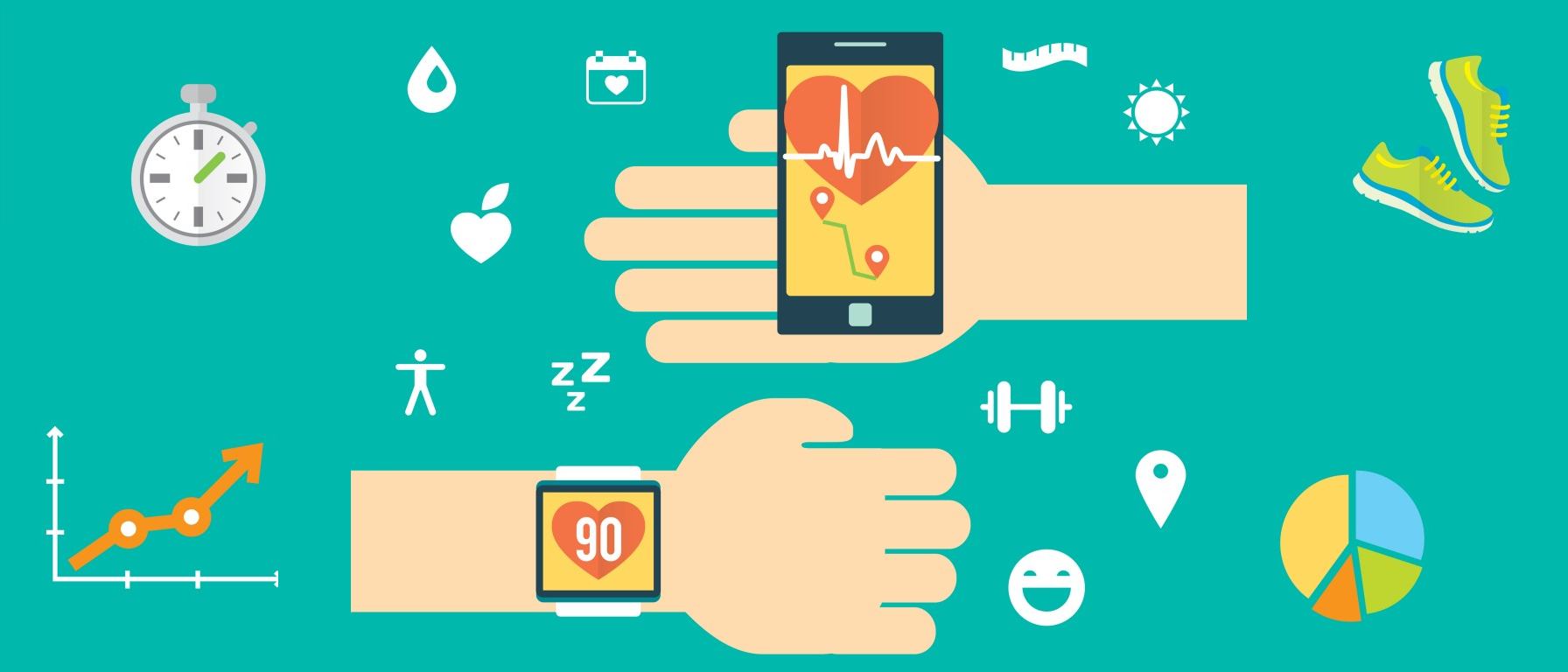Rising demand for wearables has produced a flourishing market, and now guarantors or insurers and companies are seeing how providing wearable health technology to their customers and employees is beneficial to them as well.
Wearable fitness technology has weaved itself into society so that FitBits and smartwatches are seen as the majority, and the future market of wearable devices shows no sign of slowing down.
What is wearable healthcare technology?
Wearable technology in healthcare comprises electronic devices that people can wear, such as Fitbits and smartwatches. They are designed to gather the data of users’ personal health and exercise. This kind of device can even send a user’s health data to a doctor or other healthcare professional in a real-time scenario. The demand for wearables is expected to jump in the next few years as more people show interest in sharing their wearable data with their providers, benefactors, and insurers.
Examples of Wearable Devices in Healthcare
The improvement of wearable technology and rising demand from people to take control of their own health has prejudiced the medical industry, including insurers, providers, benefactors, and technology companies, to develop more wearable devices such as Fitbits, smartwatches, and wearable monitors.
- Wearable Fitness Trackers
Some of the simplest and most original arrangements of wearable technology, wearable fitness trackers, are wristbands armed with sensors to keep track of the user’s physical activity and heart rate. They offer wearers with health and fitness recommendations by syncing to various smartphone apps.
The Fitbit Flex was an initial, popular option for wearable technology customer clusters. Users were attracted to its smooth look and ability to track their step progress during the day with the device’s five indicator lights.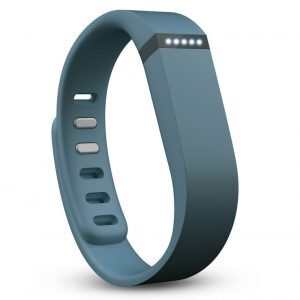
- Smart Health Watches
When only used to count steps and tell time, smartwatches have now changed into clinically viable health care tools. Apple launched the Apple Heart Study app in 2017 to monitor users’ heart rhythms and alert those who are experiencing atrial fibrillation.
Apple released its newest Watch iteration in 2020. Apple’s Series 6 Watch derives with a new blood oxygen saturation monitoring feature, new native sleep-tracking proficiencies, a faster FDA-approved electrocardiogram sensor, and upgraded heart health monitoring.
Smartwatches let users perform everyday jobs they normally do on their phones; such as read notifications, send text messages, make phone calls; while offering some of the exercise- and health-tracking benefits of fitness trackers.
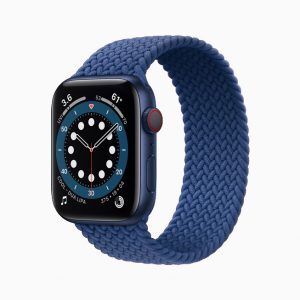
- Wearable ECG Monitors
Wearable ECG monitors are on the cutting edge of people electronics, and what sets these monitors separately from some smartwatches, is their capability to measure electrocardiograms or ECGs. The website Business Insider reported on winning best wearable at the 2019 Consumer Electronics Show with their Move ECG product.
The Move ECG is able to measure an electrocardiogram and refer the reading to the user’s doctor, as well as notice atrial fibrillation. It’s also able to track pace, distance, and elevation, as well as automatic tracking for walking, running, swimming, and biking.
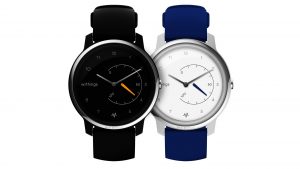
- Wearable Blood Pressure Monitors
Omron Healthcare launched HeartGuide in 2019, the first wearable blood pressure monitor. However, it might look like a typical smartwatch, HeartGuide is an oscillometric blood pressure monitor that can measure blood pressure and daily activity such as steps taken, distance travelled, and calories burned.
HeartGuide can hold up to 100 readings in memory and all readings can be transferred to the mobile app, HeartAdvisor, for review, comparison, and treatment optimization. HeartAdvisor users have the ability to store, track, and share their data with their physicians while also gaining insights to determine how personal behaviours affect their blood pressure.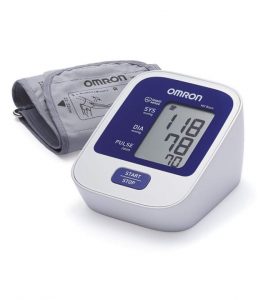
Advances in & future of medical devices
The wearable healthcare technology market is rolling, and its maturation will put more wearable technology in the hands of people and US businesses. According to researches, the number of health and fitness app users will stay above 84 million over 2022.
This rising trend in wearable fitness technology will influence the decision of insurers, health providers, and companies to take gain of the benefits of wearable health monitoring devices.
Insurers can reduce the increasing cost per patient by using wearables as a means of increasing customer lifetime value. Wearable technology incentivizes performance that reduces hospital visits and readmissions due to poorly managed personal health – 75% of users agree that wearables help them engage with their own health.
Companies are also seeing reimbursements in offering wearable healthcare technology to employees. According to researches, a more healthy corporate culture is shown to reduce employee turnover.
Moreover, device connectivity will increase as more accurate wearable sensors are developed, opening the door for insurers and employers to influence healthy lifestyles and enhance profitability.

